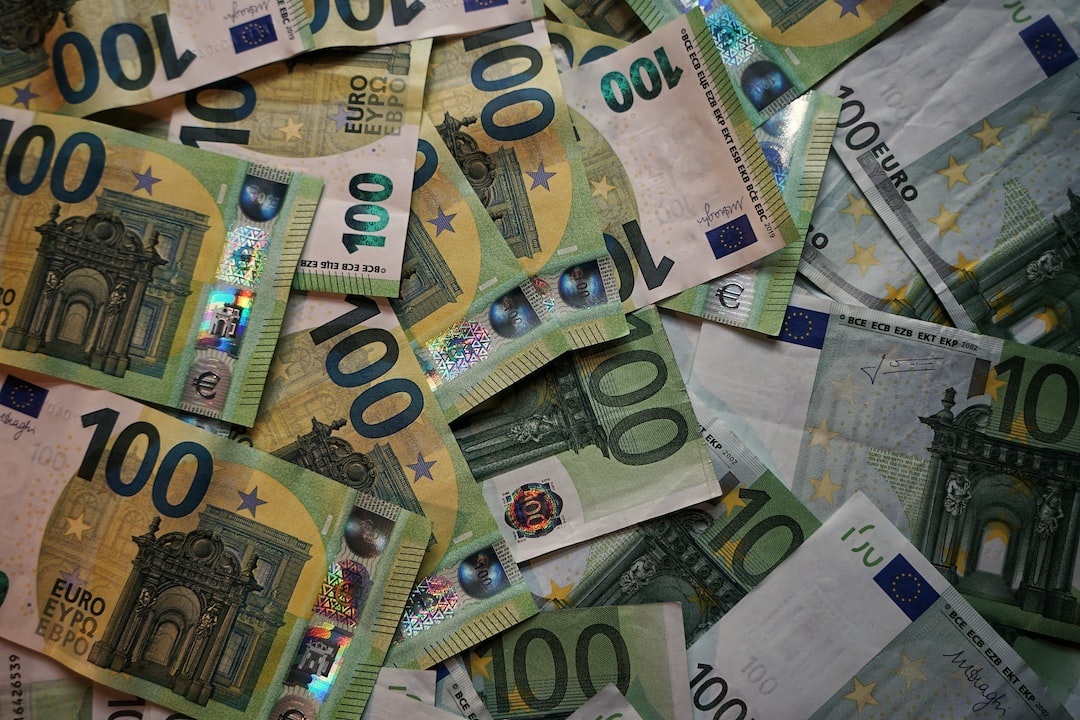Forex, also known as foreign exchange, is the decentralized financial market where currencies are traded. It is the largest and most liquid market in the world, with an average daily trading volume of over $5 trillion. Forex trading involves buying and selling different currencies with the aim of making a profit from the fluctuations in their exchange rates.
One of the key terms used in Forex trading is pips. A pip, which stands for percentage in point, is the smallest unit of measurement in a currency pair. It represents the fourth decimal place in most currency pairs, except for those involving the Japanese yen, where it represents the second decimal place.
For example, if the EUR/USD exchange rate is 1.1205, and it increases to 1.1206, the change is one pip. In this case, the value of the euro has increased by one-hundredth of a cent relative to the US dollar.
Pips are essential in Forex trading because they determine the profit or loss on a trade. Forex traders use pips to calculate their potential gains or losses, as well as to determine their risk-reward ratio.
Another important concept related to pips in Forex trading is the term “A-F-P.” This stands for “average true range (ATR), fixed pip value (FP), and percentage of account risk (A).” It is a trading strategy that helps traders determine the appropriate stop-loss and take-profit levels for their trades.
The average true range (ATR) is an indicator that measures the volatility of a currency pair. It is calculated by taking the average of the true range of a certain number of periods. The true range is the difference between the high and the low of a period, taking into account any gaps caused by market events.
The fixed pip value (FP) is the number of pips that a trader is willing to risk on a trade. It is usually determined based on the trader’s account size and risk tolerance.
The percentage of account risk (A) is the percentage of the trader’s account that they are willing to risk on a trade. This is usually determined based on the trader’s risk management strategy.
By combining these three factors, traders can determine the appropriate stop-loss and take-profit levels for their trades. The stop-loss is the level at which the trade will be automatically closed if the price moves against the trader. The take-profit is the level at which the trade will be automatically closed if the price moves in favor of the trader.
For example, if a trader has an account size of $10,000 and is willing to risk 2% of their account on a trade, their account risk would be $200. If the ATR of the currency pair they are trading is 50 pips, and they are willing to risk 20 pips on the trade, their FP would be 20 pips.
Using the A-F-P strategy, the trader would set their stop-loss at 20 pips below their entry price and their take-profit at 40 pips above their entry price. This would give them a risk-reward ratio of 1:2, meaning that they are risking $1 to potentially gain $2.
In conclusion, Forex trading involves buying and selling different currencies with the aim of making a profit from the fluctuations in their exchange rates. Pips are the smallest unit of measurement in a currency pair and are essential in Forex trading because they determine the profit or loss on a trade. The A-F-P strategy is a trading strategy that helps traders determine the appropriate stop-loss and take-profit levels for their trades based on the average true range, fixed pip value, and percentage of account risk.






